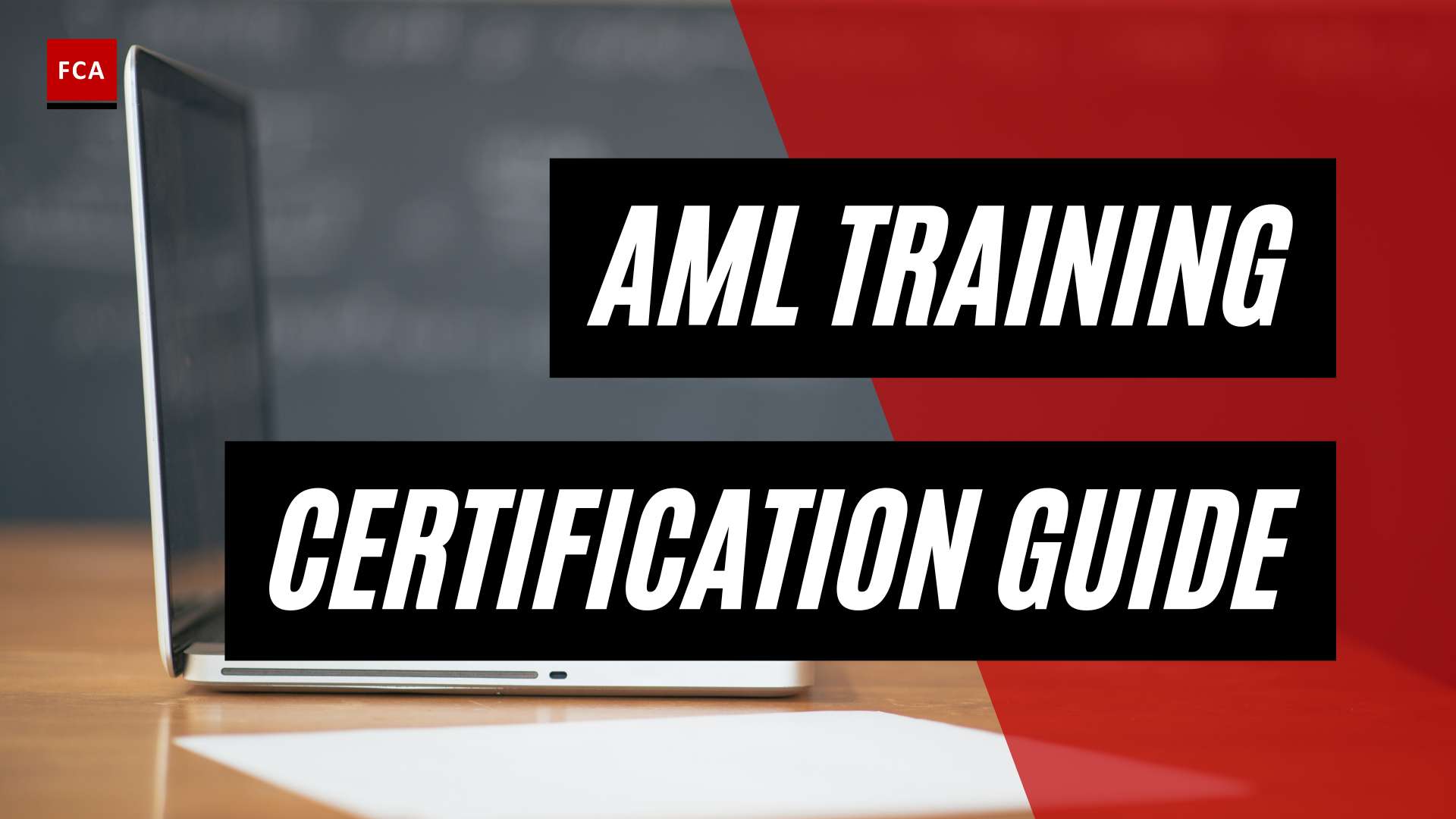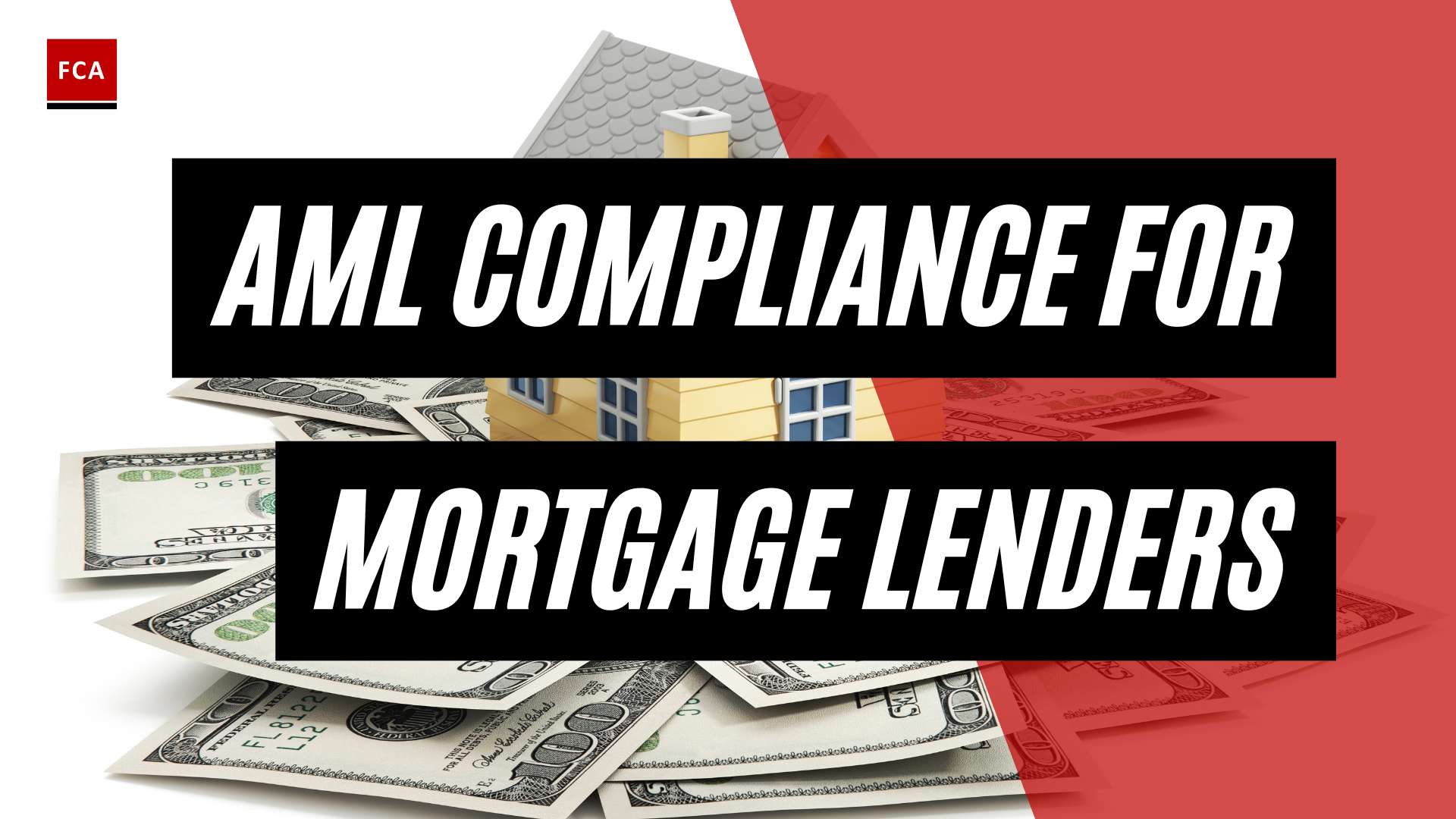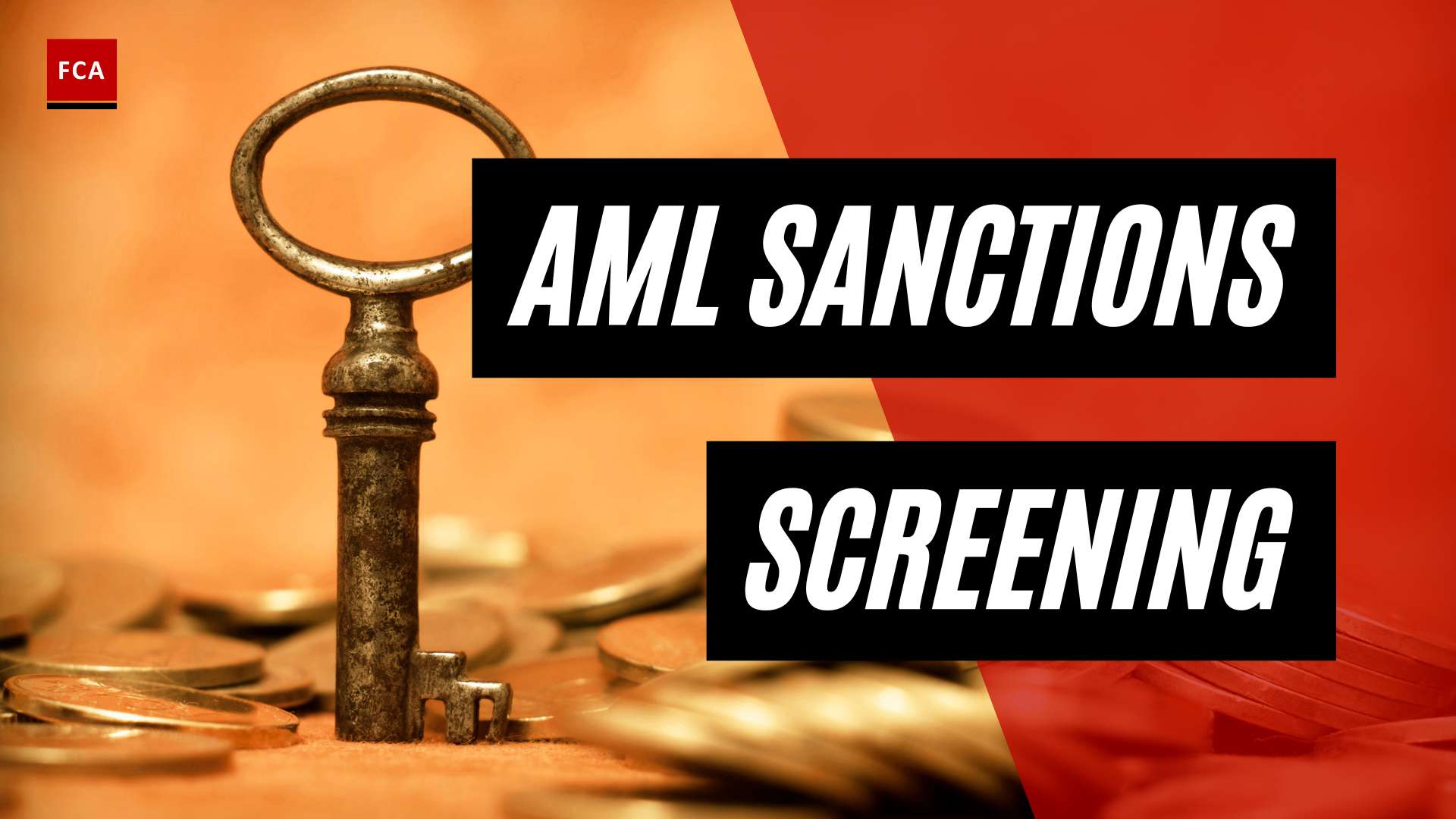Understanding AML in Art and Luxury Goods
In the world of art and luxury goods, Anti-Money Laundering (AML) requirements play a crucial role in safeguarding against illicit financial activities. This section provides an introduction to AML in art and luxury goods and highlights the significance of AML in the luxury goods market.
Introduction to AML in Art and Luxury Goods
Luxury goods markets are particularly vulnerable to money laundering due to high-value transactions and their potential use as a means to move illicit funds across borders. As a result, sellers of luxury goods are often subject to AML requirements to help prevent this illicit activity (GitHub).
Money laundering refers to the process of making illegally obtained funds appear legitimate by disguising their true origins. Luxury goods are often used in money laundering schemes because they tend to hold their value well, can be easily moved, and are resalable without significant loss (Financial Crime Academy). Criminals may purchase luxury goods as a store of value or to move funds from one jurisdiction to another. Artwork, diamonds, jewelry, and other high-value items are commonly involved in these transactions.
Significance of AML in the Luxury Goods Market
The luxury goods market’s allure and desirability make it an attractive target for money launderers. Criminals may manipulate the value of luxury goods to launder money, such as overpaying for an item to create a false paper trail and legitimize the funds post-resale. They may also enlist the help of luxury goods vendors who turn a blind eye to transactions involving illegally obtained funds in exchange for substantial commissions.
To combat these risks, regulatory bodies have implemented AML regulations for the luxury goods sector. These regulations aim to prevent money laundering, terrorist financing, and other financial crimes. Luxury goods businesses, including art dealers, auction houses, jewelry stores, and antique dealers, must comply with these AML requirements to maintain the integrity of the industry and protect against illicit activities.
By implementing robust AML measures and conducting thorough Know Your Customer (KYC) procedures, luxury goods businesses can help ensure the legitimacy of transactions and detect potential money laundering activities. Additionally, complying with AML regulations can enhance the reputation of businesses and foster trust among customers and stakeholders.
Understanding the importance of AML in art and luxury goods is crucial for professionals working in compliance, risk management, anti-money laundering, and anti-financial crime roles. It enables them to effectively address the unique challenges that arise in the luxury goods sector and develop strategies to mitigate money laundering risks.
Money Laundering Risks in the Luxury Goods Industry
Money laundering poses significant risks in the luxury goods industry due to its high-value transactions and the potential for illicit funds to be moved across borders. Luxury goods are often targeted by money launderers because they hold their value well, can be easily transported, and are resalable without much loss. This makes them an attractive option for disguising the origin of illicit funds. To combat these risks, the industry has implemented Anti-Money Laundering (AML) requirements to prevent and detect money laundering activities.
Vulnerabilities of Luxury Goods to Money Laundering
Luxury goods are susceptible to money laundering due to several key factors. Some of the vulnerabilities include:
-
Value Retention: Luxury goods, such as artwork, high-end jewelry, and collectibles, tend to hold their value over time. This makes them an appealing choice for money launderers as they can store their illicit funds in the form of these valuable assets while maintaining their value (GitHub).
-
Portability: Luxury goods are often easily movable across borders, allowing money launderers to transport their assets quickly and discreetly. This mobility makes it challenging for authorities to trace the funds and identify any suspicious transactions.
-
Resale Potential: The resalability of luxury goods without significant losses provides money launderers with an opportunity to convert their illicit funds into seemingly legitimate proceeds. By selling these items through legitimate channels, they can introduce the funds back into the economy while creating a false paper trail (Financial Crime Academy).
Examples of Money Laundering in the Luxury Goods Industry
Money laundering in the luxury goods industry can take various forms. Here are some examples of how criminals utilize luxury goods for money laundering:
-
Overvaluation: Criminals may artificially inflate the value of luxury goods to create a false paper trail and legitimize their illicit funds. For instance, they may pay $50,000 in cash for a $20,000 Rolex, making it appear as if legitimate funds were used for the purchase.
-
Collusion with Vendors: Money launderers often collaborate with luxury goods vendors who turn a blind eye to suspicious transactions in exchange for substantial commissions. This collusion allows illicit funds to be introduced into the legitimate market without raising suspicion (Financial Crime Academy).
To combat these money laundering risks, the luxury goods industry has become subject to AML regulations and requirements. These measures aim to prevent criminals from exploiting luxury goods for money laundering purposes and to ensure that businesses in the industry actively participate in the fight against illicit financial activities.
AML Regulations in the Luxury Goods Sector
To protect against illicit activities, luxury goods sellers are subject to Anti-Money Laundering (AML) requirements. These requirements aim to prevent money laundering and the movement of funds across borders in high-value transactions involving luxury goods (GitHub). The implementation of AML regulations is essential in combating financial crimes in the luxury goods industry, which has become an attractive target for money launderers due to the high value and liquidity of luxury goods.
Regulatory Bodies and AML Requirements
Multiple regulatory bodies around the world oversee and enforce AML regulations in the luxury goods sector. These bodies include:
-
Financial Conduct Authority (FCA): In the United Kingdom, the FCA is responsible for regulating the financial industry, including combating money laundering and terrorist financing. The FCA establishes and enforces rules, investigates non-compliance, and aims to ensure consumer protection, market integrity, and competition encouragement (Flagright).
-
Financial Action Task Force (FATF): As an intergovernmental organization, the FATF sets international standards and promotes the effective implementation of legal, regulatory, and operational measures to combat money laundering, terrorist financing, and other related threats. Its recommendations serve as a basis for AML regulations globally.
-
European Union (EU): The EU has implemented various directives and regulations to combat money laundering and terrorist financing. For example, the sixth EU AML regulation, effective from December 3, 2020, reduced the reporting threshold for high-value goods traders from €15,000 to €10,000. This aligns with the $10,000 requirement for currency transaction reports under the U.S. Bank Secrecy Act (BSA) 1970. The EU regulation aims to address money laundering through high-value commodities such as gold, jewelry, and high-end watches (Sanction Scanner).
It is crucial for luxury goods businesses to stay up to date with the AML requirements set by these regulatory bodies. Compliance with these regulations is essential to maintain the integrity of the luxury goods market and prevent illicit financial activities.
Impact of AML Regulations on Luxury Goods Businesses
The impact of AML regulations on luxury goods businesses is significant. These regulations require businesses to implement robust AML programs, conduct due diligence, and establish Know Your Customer (KYC) protocols to verify the identities of customers. The purpose of these measures is to detect and prevent money laundering activities in the luxury goods industry.
Complying with AML regulations can pose challenges for luxury goods businesses. The implementation of reporting and transparency measures requires significant resources and expertise. Additionally, technological advancements play a crucial role in aiding compliance efforts. Businesses must adapt to new technologies, such as advanced analytics and data analysis, to enhance their AML capabilities and effectively detect suspicious activities (Shufti Pro).
Non-compliance with AML regulations can have severe consequences for luxury goods businesses. Penalties may include financial sanctions, reputational damage, legal actions, and loss of business opportunities. Therefore, it is crucial for businesses to prioritize AML compliance to protect their reputation, maintain customer trust, and contribute to the integrity of the luxury goods market.
By adhering to the AML requirements set by regulatory bodies and implementing robust compliance measures, luxury goods businesses can contribute to the prevention of money laundering and help maintain the prestige and trust associated with the luxury goods industry.
Compliance Challenges in AML for Luxury Goods
Ensuring compliance with Anti-Money Laundering (AML) requirements poses unique challenges for the luxury goods industry. Two significant challenges faced by businesses in this sector are reporting and transparency issues, as well as keeping up with technological advancements in relation to AML.
Reporting and Transparency Issues
Despite being a primary source of suspicious activity reports, luxury goods dealers are known for their low levels of reporting, highlighting the lack of transparency within the industry (Idenfy). This opacity can make it difficult for authorities to identify and investigate potential money laundering activities. To address this challenge, businesses in the luxury goods sector must prioritize improving their reporting mechanisms and increasing transparency.
Enhancing reporting practices involves implementing robust internal controls to identify and report suspicious transactions. This may include conducting thorough due diligence on customers, monitoring transactions for red flags, and establishing effective reporting channels for staff to report any suspicious activity. By ensuring a culture of compliance and encouraging employees to actively participate in reporting, businesses can contribute to the collective efforts in combating money laundering in the luxury goods industry.
Furthermore, collaboration between luxury goods businesses and regulatory authorities is crucial. Sharing information and intelligence can help identify emerging trends and patterns of money laundering, enabling proactive measures to mitigate risks. Regulatory bodies also play a critical role in setting guidelines and providing resources to assist businesses in meeting their AML obligations.
Technological Advancements and AML
The rapid advancements in technology bring both benefits and challenges for AML compliance in the luxury goods industry. Criminals are increasingly utilizing new technologies, such as cryptocurrencies, digital payment methods, and mobile payment apps, to evade law enforcement and continue illicit activities. This poses a significant challenge for AML officers, who must stay abreast of these developments to effectively detect and prevent money laundering, including the purchase of luxury goods.
To address this challenge, luxury goods businesses need to embrace technological solutions that can enhance their AML efforts. Implementing advanced analytics and data analysis tools can help identify patterns and anomalies indicative of money laundering activities. These technologies can analyze vast amounts of data quickly, enabling businesses to identify suspicious transactions and take appropriate action.
Additionally, businesses should invest in comprehensive training programs to educate their employees about the latest technology-related risks and AML best practices. By fostering a culture of continuous learning and maintaining a proactive stance towards technological advancements, luxury goods businesses can stay ahead of money laundering threats and protect their reputation and integrity.
By addressing the compliance challenges in AML for luxury goods, businesses can contribute to a stronger and more secure industry. Prioritizing reporting and transparency, as well as embracing technological advancements, will help mitigate the risks associated with money laundering and uphold the integrity of the luxury goods sector.
Combating Money Laundering in the Luxury Goods Industry
To protect the prestige of the luxury goods industry and ensure compliance with Anti-Money Laundering (AML) requirements, businesses need to implement effective measures. Two key strategies for combating money laundering in the luxury goods industry are implementing AML solutions and Know Your Customer (KYC) procedures and ensuring sanctions compliance.
Implementing AML Solutions and Know Your Customer (KYC) Procedures
Luxury goods businesses can strengthen their AML defenses by implementing advanced AML solutions and robust KYC procedures. These measures help verify the identity of customers, detect suspicious activities, and ensure compliance with regulatory requirements.
AML solutions, such as transaction monitoring systems and anti-fraud tools, enable businesses to identify and flag potentially illicit transactions. These solutions leverage advanced analytics and machine learning algorithms to detect patterns indicative of money laundering activities. By analyzing transactional data and customer behavior, AML solutions can identify unusual or suspicious transactions, allowing businesses to take appropriate action.
In conjunction with AML solutions, robust KYC procedures play a vital role in mitigating the risk of money laundering in the luxury goods industry. KYC procedures involve verifying the identity of customers, assessing their risk profile, and monitoring their transactions. By implementing comprehensive KYC protocols, businesses can ensure that they have a clear understanding of their customers and their financial activities. This enables them to identify and report any suspicious transactions to the relevant authorities.
To enhance the effectiveness of AML solutions and KYC procedures, luxury goods businesses should stay updated on the latest AML regulations, guidelines, and best practices. Regular training and education for employees involved in customer interactions and financial transactions are essential to ensure compliance and maintain a strong AML culture within the organization.
Sanctions Compliance in the Luxury Goods Market
In addition to implementing AML solutions and KYC procedures, luxury goods businesses must also ensure compliance with sanctions laws. Sanctions are imposed by governments and international bodies to restrict specific transactions with individuals, organizations, or countries involved in illegal activities or posing a threat to national security.
To comply with sanctions regulations, luxury goods businesses need to screen their customers, suppliers, and business partners against relevant sanctions lists. This includes national, regional, and international sanctions lists, such as those maintained by the United Nations, the European Union, and other regulatory bodies. By conducting thorough sanctions screenings, businesses can avoid engaging in transactions that violate sanctions laws, preventing financial, regulatory, and reputational repercussions.
It is vital for luxury goods businesses to stay informed about evolving sanctions regimes and regularly update their screening processes to ensure ongoing compliance. Utilizing technology-driven solutions that automate sanctions screening can streamline the process and enhance the efficiency and accuracy of compliance efforts.
By implementing AML solutions and KYC procedures, and ensuring sanctions compliance, luxury goods businesses can effectively combat money laundering in the industry. These measures not only mitigate the risk of financial crimes but also safeguard the reputation and integrity of the luxury goods market.
Case Studies of Money Laundering in the Luxury Goods Sector
To understand the real-life implications of money laundering in the luxury goods sector, let’s explore some notable examples of illicit activities and the consequences of non-compliance with anti-money laundering (AML) regulations.
Real-Life Examples of Money Laundering in Luxury Goods
One prominent case that brought to light the issue of money laundering in the luxury goods industry is “Operation Car Wash” in Brazil. This investigation uncovered a massive corruption scheme involving money laundering through luxury goods. High-profile individuals used luxury assets, such as luxury cars, real estate, and high-end watches, to launder funds acquired through illicit means (Idenfy).
Another notable case involves Teodorin Obiang, the son of Equatorial Guinea’s president. In this corruption case, luxury assets, including a superyacht, expensive cars, and high-end jewelry, were used to facilitate money laundering. The investigation shed light on the connection between corruption and the luxury goods market, emphasizing the importance of robust AML measures in the industry (Idenfy).
Consequences of Non-Compliance with AML Regulations
Non-compliance with AML regulations can have severe consequences for luxury goods businesses. Regulatory authorities worldwide have increased their focus on combating money laundering and financial crimes, leading to stricter enforcement measures. Failure to comply with AML obligations can result in significant penalties, reputational damage, and legal repercussions.
Luxury goods dealers who fail to implement adequate AML controls may face regulatory sanctions, fines, and even criminal charges. Moreover, non-compliance tarnishes the reputation of the business, leading to a loss of trust among customers and stakeholders. The negative publicity associated with money laundering cases can have long-lasting financial and operational impacts on luxury goods companies. To avoid these consequences, it is crucial for businesses to prioritize AML compliance and adapt to evolving regulatory requirements.
By studying these real-life examples and understanding the repercussions of non-compliance, the luxury goods industry can recognize the urgency of implementing effective AML measures. Compliance with AML regulations not only helps protect businesses from legal and financial risks but also contributes to maintaining the integrity and reputation of the industry as a whole.
Overcoming Challenges in AML for Luxury Goods
As the luxury goods industry faces increasing scrutiny in relation to anti-money laundering (AML) regulations, businesses must find ways to overcome the challenges associated with compliance while still meeting their business needs. Balancing compliance with business operations is a crucial consideration for those operating in the luxury goods sector (Sanction Scanner). Additionally, leveraging advanced analytics and data analysis tools can greatly enhance AML efforts in the industry.
Balancing Compliance with Business Needs
One of the primary challenges for AML officers in the luxury goods industry is finding the right balance between compliance with AML requirements and business needs. Compliance measures, such as increased due diligence and enhanced transaction monitoring, can sometimes result in longer processing times and potential disruptions to the customer experience. Striking a balance between compliance and operational efficiency is essential to ensure that businesses meet regulatory obligations while maintaining customer satisfaction.
To overcome this challenge, luxury goods businesses need to strategically integrate compliance efforts within their overall business strategy. This involves adopting a risk-based approach that tailors compliance measures to the specific risks faced by the business. By implementing robust internal controls, providing ongoing training to employees, and streamlining compliance processes, businesses can maintain compliance without compromising their operational effectiveness.
Advanced Analytics and Data Analysis in AML
To effectively combat money laundering in the luxury goods industry, AML officers must leverage advanced analytics and data analysis tools. Traditional AML methods may not always be sufficient to detect non-obvious transactions and patterns of illicit activity. By utilizing advanced technology, AML officers can identify anomalies and patterns in transaction data that may indicate potential money laundering activities (Sanction Scanner).
Implementing advanced AML solutions, such as Know Your Customer (KYC) procedures, can significantly enhance compliance efforts in the luxury goods industry. KYC procedures involve thorough customer identification and verification processes, enabling businesses to better understand their customers and detect any suspicious activities. By integrating advanced analytics into transaction monitoring systems, businesses can proactively identify and prevent non-obvious transactions associated with money laundering.
Furthermore, ongoing monitoring and analysis of transaction data are crucial to detecting patterns and trends that may indicate potential money laundering activities. By continuously evaluating data and employing data analysis techniques, businesses can stay ahead of evolving money laundering tactics and mitigate the risk of financial crimes associated with luxury goods.
In conclusion, the luxury goods industry must navigate the challenges of balancing compliance with business needs while effectively combating money laundering. By strategically integrating compliance efforts within the overall business strategy and leveraging advanced analytics and data analysis tools, businesses can enhance their AML compliance and protect themselves from the risks associated with financial crimes.
Exploring Straighteners for Curly Hair
When it comes to straightening curly hair, choosing the right straightener is crucial for achieving the desired results. There are several types of straighteners available in the market, each with their own unique features and benefits. In this section, we will explore three popular options: ceramic straighteners, tourmaline straighteners, and titanium straighteners.
Ceramic Straighteners
Ceramic straighteners are a top choice for individuals with curly hair, according to Cosmopolitan. These straighteners utilize ceramic plates that heat up quickly and distribute heat evenly across the hair strands (Hairy Goddess). The gentle heat helps to minimize damage and frizz, leaving your hair sleek and smooth.
One of the key advantages of ceramic straighteners is their ability to maintain a consistent temperature, ensuring that your hair is evenly straightened from root to tip. Additionally, the smooth surface of the ceramic plates glides effortlessly through your hair, reducing the chances of snagging or pulling.
To get the most out of your ceramic straightener, it’s important to choose one with adjustable heat settings. This allows you to customize the temperature based on your hair type and minimize the risk of heat damage. Remember to always apply a heat protectant spray before using any heat styling tools to shield your hair from excessive heat exposure.
Tourmaline Straighteners
Tourmaline straighteners are another excellent option for those with curly hair. These straighteners feature plates infused with tourmaline, a semi-precious gemstone known for its ability to emit negative ions. When heated, these ions help to seal the hair cuticles, locking in moisture and reducing frizz (Hair On Fleek).
The tourmaline plates also generate infrared heat, which penetrates the hair shaft without causing excessive damage. This gentle heating process ensures that your hair remains healthy and shiny, even after repeated use of the straightener.
Similar to ceramic straighteners, tourmaline straighteners should also have adjustable heat settings to accommodate different hair types. By selecting the appropriate temperature, you can achieve sleek, straight locks without compromising the health of your curls. For more tips on safely straightening curly hair, check out our article on tips for straightening curly hair.
Titanium Straighteners
For individuals with thick and coarse curly hair, titanium straighteners are often the preferred choice. These straighteners feature plates made from titanium, a lightweight and highly durable metal. Titanium plates heat up quickly and evenly, allowing for efficient straightening of even the most stubborn curls (Hairful).
One of the main advantages of titanium straighteners is their ability to maintain a stable temperature throughout the styling process. This ensures consistent and long-lasting results, even in humid environments. Additionally, the smooth surface of the titanium plates allows for effortless gliding through the hair, minimizing the risk of damage.
When using a titanium straightener, it’s important to start with a lower temperature setting and gradually increase it if needed. This helps to prevent excessive heat exposure and minimize the risk of hair damage. Don’t forget to use a heat protectant spray before styling to provide an extra layer of protection. If you’re interested in alternative methods for straightening curly hair without heat, check out our article on straightening curly hair without heat.
By exploring the different types of straighteners available, you can choose the one that best suits your curly hair needs. Whether you opt for ceramic, tourmaline, or titanium straighteners, remember to prioritize the health and safety of your hair. Experiment with different techniques, products, and styling methods to achieve the best results while keeping your curls happy and healthy.









